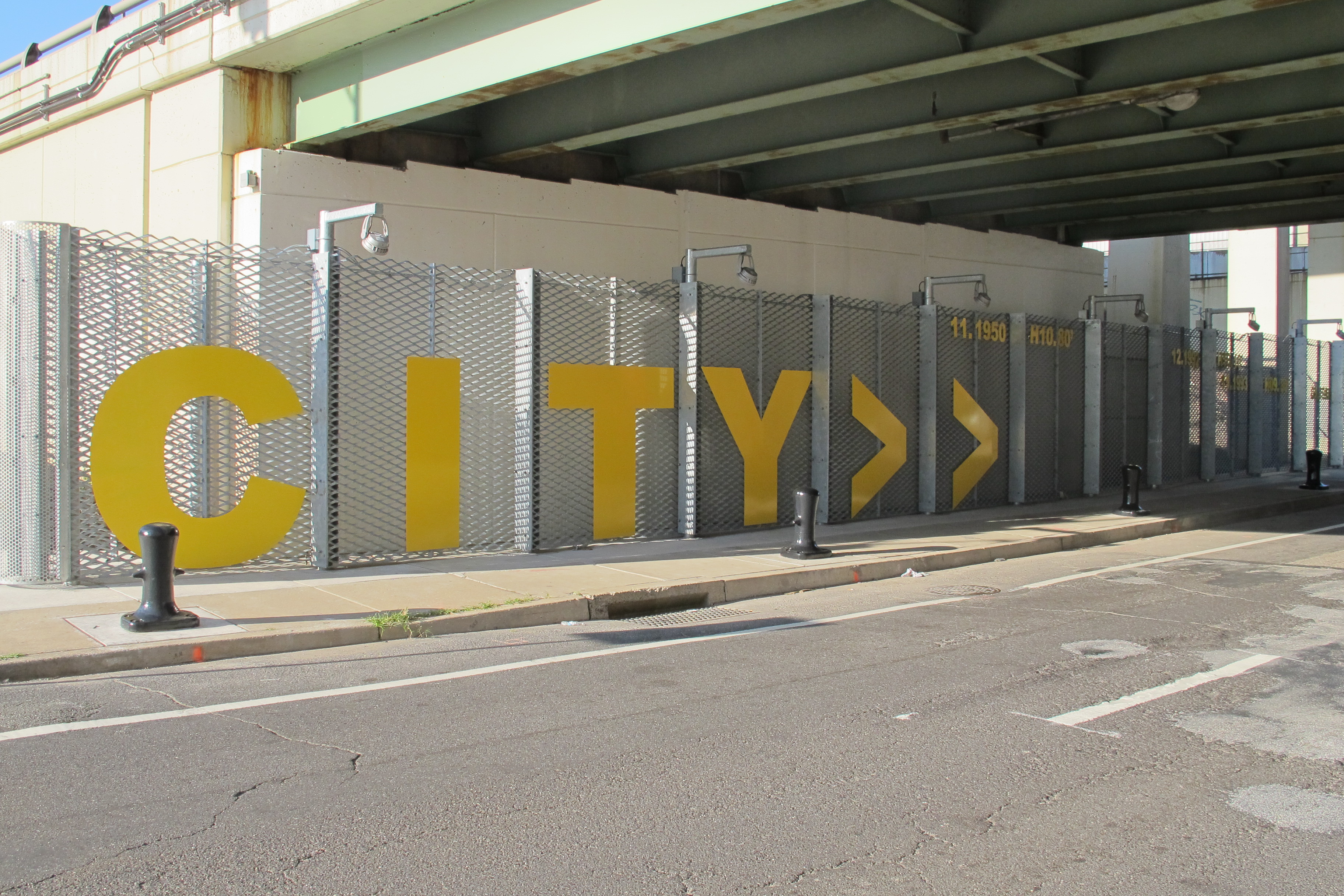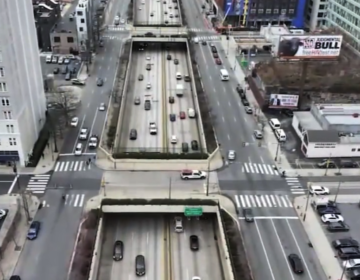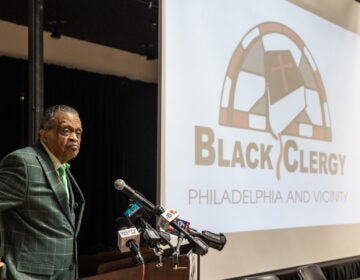Urbanize this highway: Renewed calls to rethink I-95 and the Vine Street Expressway

What if Philadelphia converted its elevated and sunken highways into urban assets? Imagine a broad, green boulevard instead of I-95 running past Center City, complete with light rail. Or healing the wound of the Vine Street Expressway by turning it back into a street?
The Philly Post’s Brian Howard talks to Diana Lind, editor for Next American City, who thinks Philadelphia should think big and redesign I-95. In the coming decades, I-95 in Philadelphia will be rebuilt due to structural deficiency. This is going to happen, so the question becomes how and for whom the road should be rebuilt. To Lind, it’s a missed opportunity if we don’t think long and hard about the answer to that question.
We can either choose to think of it in 1960s terms, where the cost of gas and auto commutes are no big deal, or we can think of it in 21st century terms, where urban economic development, environmental and social justice, and multimodal transportation become stronger parts of the equation.
Lind suggests turning I-95 between the Walt Whitman and Benjamin Franklin bridges into a wide boulevard with light rail running down the middle. [UPDATE 11/23/11: See Lind’s clarification in the comments below.] The idea isn’t new, but it is certainly worth serious consideration. Boulevarding I-95 won’t happen tomorrow, but that’s precisely why it’s worth starting this conversation again. Lind told The Philly Post, “It would be really great if we said in 2026, ‘Tear down this highway and replace it with something else as a gesture to a new, better future.’” Hear, hear.
Lind’s idea for redesigning I-95 also got picked up by Forbes contributor Timothy B. Lee. But Lee suggests a different highway redo: Turn the Vine Street Expressway back into Vine Street. He writes: The really disruptive freeways are the ones that divide urban neighborhoods from one another. Philadelphia’s Vine Street Expressway, a below-grade freeway which provides East-West traffic through the heart of downtown Philadelphia, is a good example. Not only does it damage the fabric of urban life north of downtown, but its chronic congestion means that it’s often not much faster than driving on ordinary city streets. And why not rethink I-95 and the Vine Street Expressway? Our urban transportation infrastructure is in dire need of repair and new ideas. Shouldn’t we make roads that are less singularly focused on moving cars and trucks, and consider something more flexible and multi-purposed? Our tax dollars can either support the auto-centric status quo or build something that serves more people and our city more fully. It’s entirely possible to envision a not-too-distant future where I-95 looks more like the Reading Viaduct, a crumbling relic of another age ready for a new day. (It’s also worth noting that by removing elevated or sunken highways, rail starts looking a lot better to transport people and freight.)
What if Philly’s Vine Street Expressway and I-95 became more urban, reintegrated into the street grid? The results could reconnect neighborhoods, free up desirable land for development, and connect our city to its waterfront.
Cities like New York, Providence, Seattle, Boston, and San Francisco have all undertaken variations on the theme of urban highway removal. We too have an opportunity to create an amenity out of our transportation scars. It’s time to restart this conversation in earnest among policy makers, otherwise we’ll wake up to find it’s too late.
WHYY is your source for fact-based, in-depth journalism and information. As a nonprofit organization, we rely on financial support from readers like you. Please give today.








